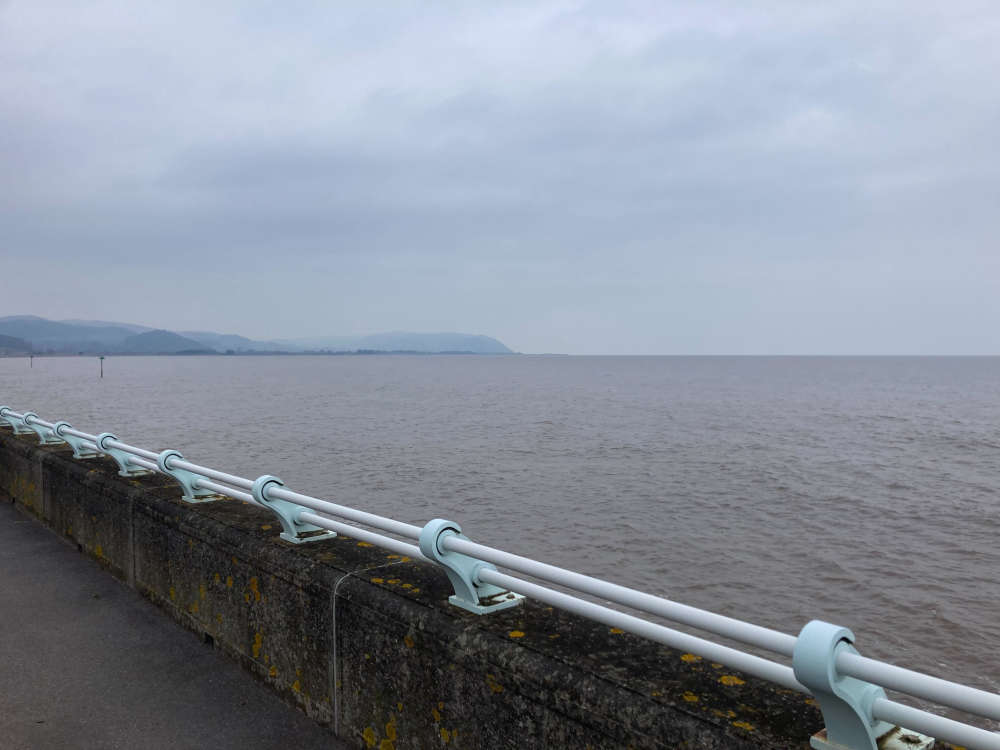
Idea has backing of Tiverton and Minehead MP
Building a tidal lagoon on the Somerset coast could provide power for two million homes and bring “substantial” local benefits, according to one of the project’s leading engineers.
The West Somerset tidal lagoon project aims to create a tidal lagoon between Minehead and Watchet by 2038, generating clean and affordable hydroelectric power.
The project has already attracted the support of local MP Rachel Gilmour, who has been lobbying government ministers to provide investment and bring jobs to the local area.
Water and hydro-power engineer Chris Binnie, who has been spearheading the project, has now laid out the technical elements of the project, arguing it will bring huge benefits without many of the knock-on effects that have beset Somerset since work began at Hinkley Point C further along the coast.
Mr Binnie waxed lyrical about the project during an live-streamed interview for the Local Democracy Reporting Service at Blue Anchor this week.
He said: “In this country we are short of renewable energy. One of the wayS that we can produce power is to use the difference in tidal heights of the Bristol Channel.
“Here at Blue Anchor, there is about ten metres of tidal range – that is, between high water and low water.
“You build a lagoon wall going out in a semicircle around this area of coast. You would then use the difference in head between the water in the Bristol Channel and the water in the lagoon to generate hydroelectric power with large turbines.
“That energy would go into the National Grid, and we have a link in our scheme which would go straight to Shurton, which is near Hinkley Point.
“We would put our power line underground to minimise visual intrusion.”
Mr Binnie was part of a team which worked on proposals for a tidal barrage across the River Severn – a proposal which was ultimately rejected by the Conservative/ Liberal Democrat coalition government in October 2010.
He said: “It was a very good project, except that it impeded navigation going up to Bristol Docks and impeded fish migration up the Severn.
“We thought: ‘can we do a better scheme further down the coast?’. We’ve chosen a D-shipped lagoon, so that will not affect the shipping going up to Bristol.
“With a lagoon, we only go out about seven kilometres out – about a third of the distance across way to Wales. The deep shipping challenge is off the Welsh coast, so there would be no impedance for shipping going up to Bristol.”
Smaller pleasure boats will be able to pass in and out of the lagoon without hindrance, allowing Watchet Marina and Minehead Harbour to continue hosting a wide range of sea-going vessels.
As part of the lagoon proposals, a new marina could be delivered in Minehead, with enough space for 300 vessels.
Mr Binnie, who grew up in the Minehead area, said that the lagoon would be a more cost-effective and environmentally friendly option than simply relying on Hinkley Point C – which, once operational, may only generate power for up to 60 years.
He said: “This will not be a concrete monstrosity, since it will be barely seen right out to sea.
“This tidal scheme will produce renewable energy. It wouldn’t be continuous, but it will be predictable.
“The La Rance scheme in Brittany has been going virtually for 60 years, and they have not changed the turbines or the blades – only the electronic control systems, which have moved on a lot since the 1960s.
“We have compared our costs with offshore wind, and we believe our energy costs would be significantly lower.
“Hinkley Point C’s cost is estimated to be £40bn – our cost estimate is £10bn, we would produce almost as much power and last 120 years.”
The west Somerset coast has suffered badly from coastal erosion in recent years, with rock armour being installed near Minehead and West Somerset Golf Club and near the Anchors Drop site in Blue Anchor to protect both residents and local businesses.
Coastal erosion has led to the indefinite closure of the B3191 Cleeve Hill, which links Blue Anchor to Watchet – with Tiverton and Minehead MP Rachel Gilmour throwing her weight behind the tidal lagoon project as a means of reviving the town’s fortunes.
Speaking at an event in Watchet in mid-January, she said: “When I was driving through Doniford with Chris Binnie, on the first day I met him in February 2024, I said: ‘Well, you’re obviously going to have to pay some CIL money, which is the community infrastructure levy which all developers have to do.’
“And he said: “Oh, I know – what do you think I should spend it on?’. And guess what I said – the road to Blue Anchor.
“There are always going to be naysayers because people don’t like change, but in my mind, this is exactly what this area needs.”
Mr Binnie said the tidal lagoon would play a vital part in preventing further rapid erosion on this section of the coast, reducing the need for intervention by Somerset Council or the Environment Agency.
He explained: “Because a lagoon has a wall out to sea, it would protect the area between Minehead and Watchet.
“You would not get the large waves coming in and causing coastal erosion; you would only get the small waves generated within the lagoon itself.
“Therefore, we expect you could rebuild the coast road without the risk of it then falling into the sea.”
The construction of Hinkley Point C has seen huge pressure on Somerset’s road network and its housing market, with Bridgwater seeing a large number of new homes being delivered at pace to accommodate construction workers.
West Somerset has seen similar pressures in recent years, accelerated by the fact that no part of the former district lies within the Somerset Levels and Moors catchment area – meaning developers do not have to secure additional phosphate mitigation before they can begin building houses.
Mr Binnie said that the tidal lagoon would bring jobs to the local area, but the construction would not displace local people or make housing unaffordable on the same scale.
He reasoned: “The wall of the scheme would be made of concrete caissons – large concrete boxes.
“These would be cast in the ports of South Wales and Bristol, and then towed across and sunk into position – and therefore the amount of construction in west Somerset would be very limited.
“It would provide some employment during construction, but it would not have the impact that those large schemes [like Hinkley Point C] have had.
“We believe that having a new marina at Minehead would bring quite a lot of new people to the area, and also provide people who live here with somewhere to park their boats and sail them whenever they want.
“We would also have a community benefit trust, so that the community can choose what it wants to use some funds to do, and we will have an observation tower so people who come to Minehead can go up that and view along the lovely heritage coast that we have here.
“These wouldn’t be add-ons – they would be built as part of the main scheme, just during the end of construction.”
As the delivery of Hinkley Point C rolls slowly forward, controversy has ruled over the environmental impact of the power station.
Following significant public backlashes, EDF Energy had to postpone replacing its planned acoustic fish deterrent (to stop fish being sucked into the coolant system) with creating new salt-marshes, first on the River Parrett west of Bridgwater and later at several sites in North Somerset and Gloucestershire.
Mr Binnie said the tidal lagoon would bring many environmental benefits, including the creation of small islands where birds could nest.
He said: “We have taken advice from the Somerset Ornithological Society, which said the water birds here are mostly passive migrants, going up the channel.
“We propose to put in two refuge islands just off the coast, so that when water birds get disturbed by dog walkers on the beach, they can go to the islands and nest there.
“We would expect the water bird population to go up as a result of this scheme.
“We will put on an acoustic fish deterrent, mounting on the concrete wall – that would be straightforward. But we will also look to see if there are more advanced turbines which may be better for fish protection.”
The government’s spending review is expected to conclude in the spring, with widespread concern in Somerset about the fate of both major infrastructure projects (such as the new Wellington railway station) and cuts to day-to-day maintenance (such as the conservation work in the Mendip Hills).
Mr Binnie said it was essential for the government to provide support for hydroelectric power to attract both public funding and private investment.
He said: “Funding could come from either the government or private enterprise – but private enterprise would not fund this unless there was political support.
“We’ve been lobbying the environmental audit committee at the House of Commons, and they have come out and said tidal power should be an essential part of government policy.
“We are now trying to arrange meetings with government ministers to take this forward.
“I believe the benefits that this would bring to the people of west Somerset are substantial and long-term”.
For more information on the project, visit www.westsomersetlagoon.com.
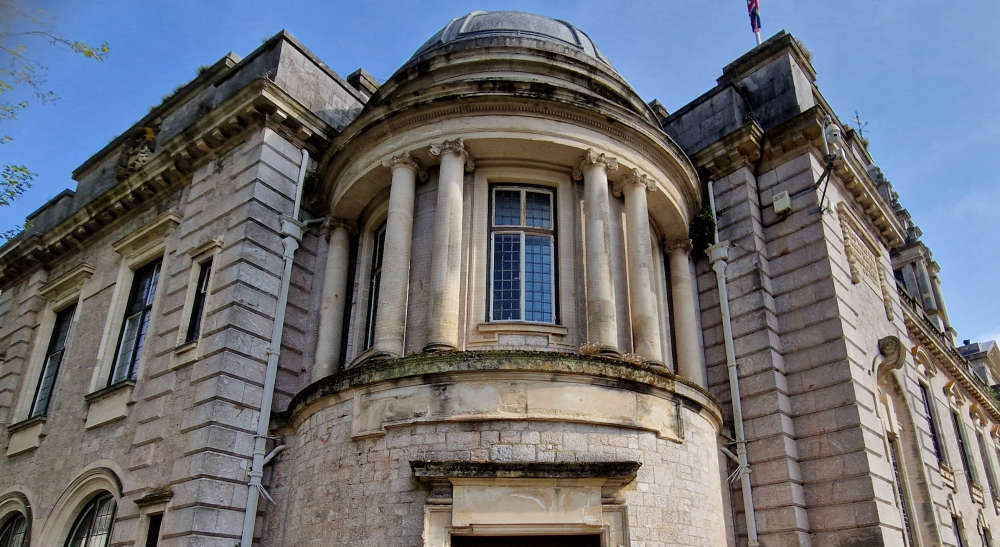 Torbay Council considers 'fire and re-hire' in pensions wrangle
Torbay Council considers 'fire and re-hire' in pensions wrangle
 Top up payments for Ukrainian hosts in North Devon
Top up payments for Ukrainian hosts in North Devon
 Exmoor Coaster service coming back under different name
Exmoor Coaster service coming back under different name
 Devon County Council elections - all the candidates, all the wards, all the key dates
Devon County Council elections - all the candidates, all the wards, all the key dates
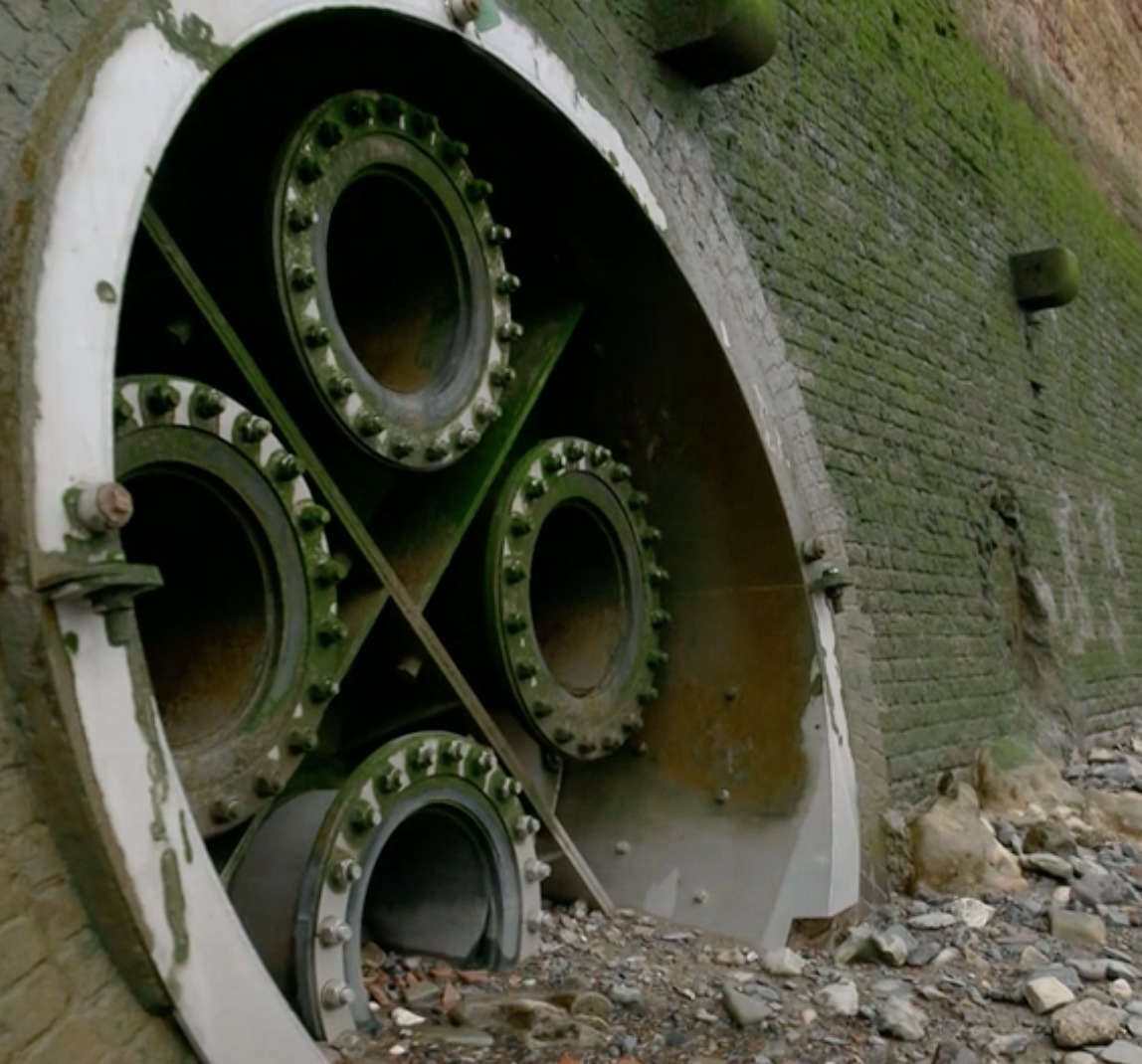 Storm overflow prevention work set for Plymouth
Storm overflow prevention work set for Plymouth
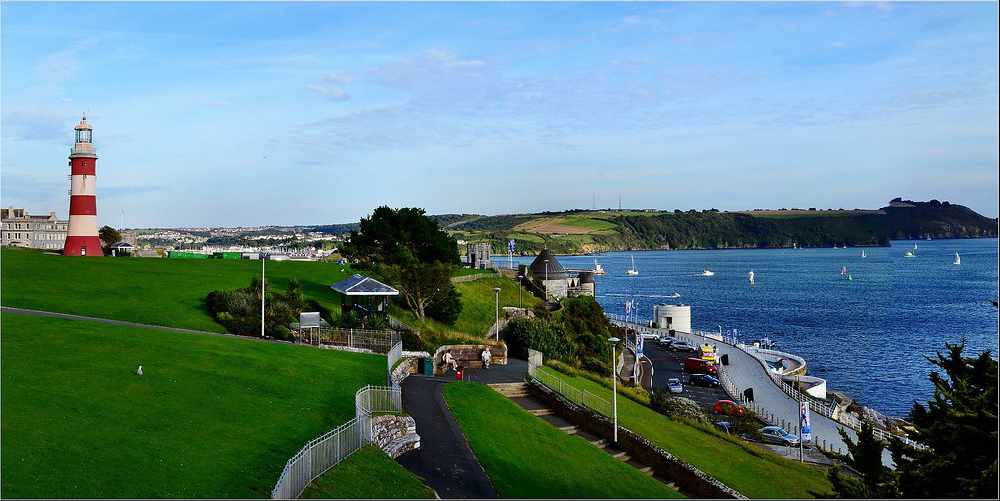 Calls for inclusion on Plymouth lord mayor role
Calls for inclusion on Plymouth lord mayor role
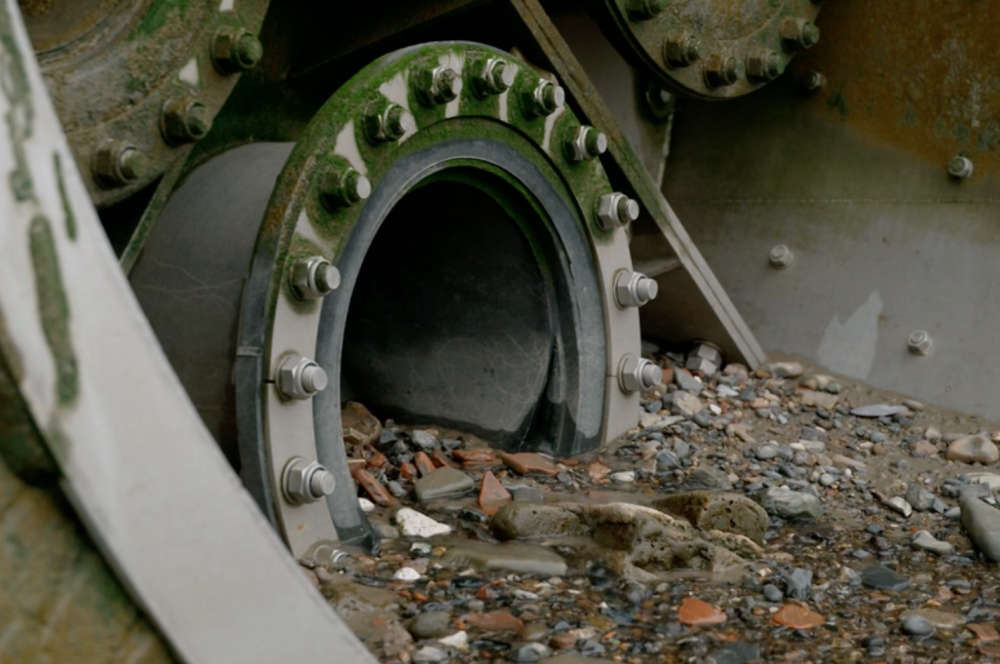 Upgrades to Plymouth storm overflows to take place
Upgrades to Plymouth storm overflows to take place
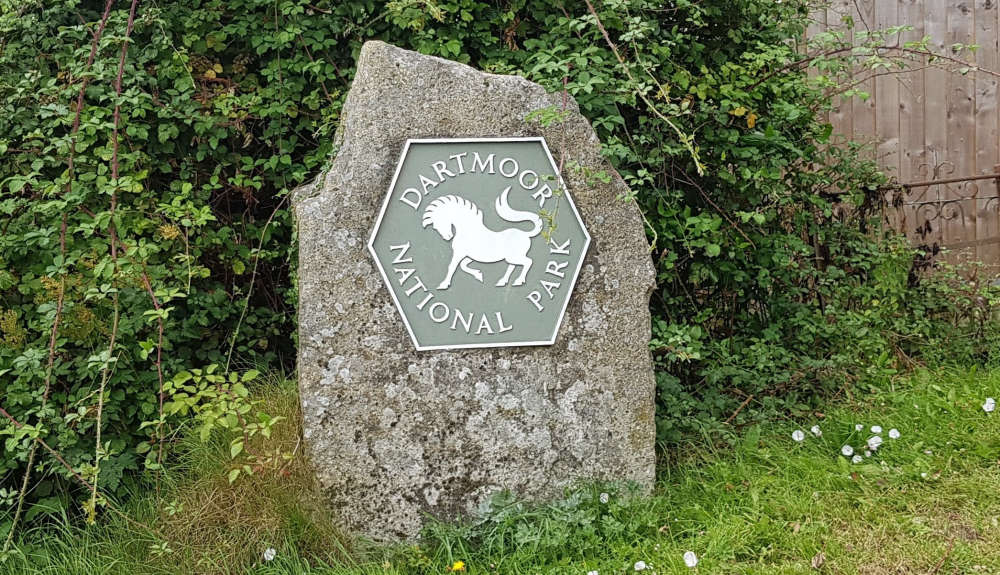 Dartmoor finances facing biggest cut for years
Dartmoor finances facing biggest cut for years
 Rare curlews and martens are leaving Dartmoor - for now
Rare curlews and martens are leaving Dartmoor - for now
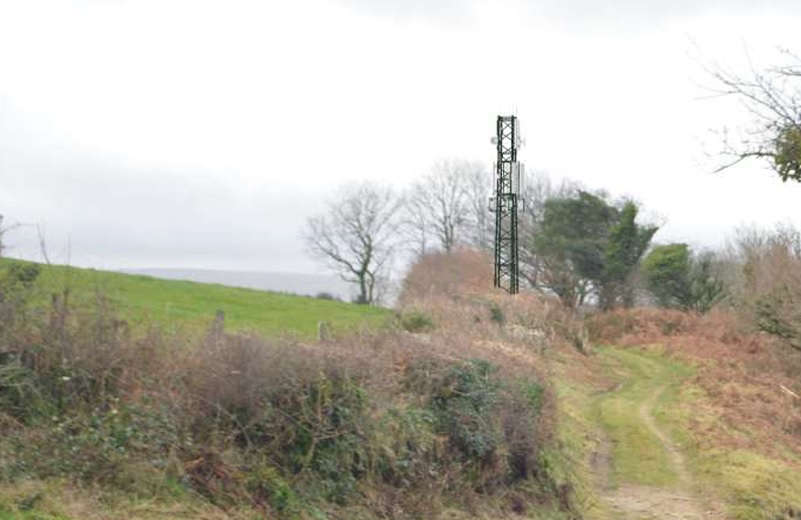 Dartmoor phone mast gets the go-ahead
Dartmoor phone mast gets the go-ahead
